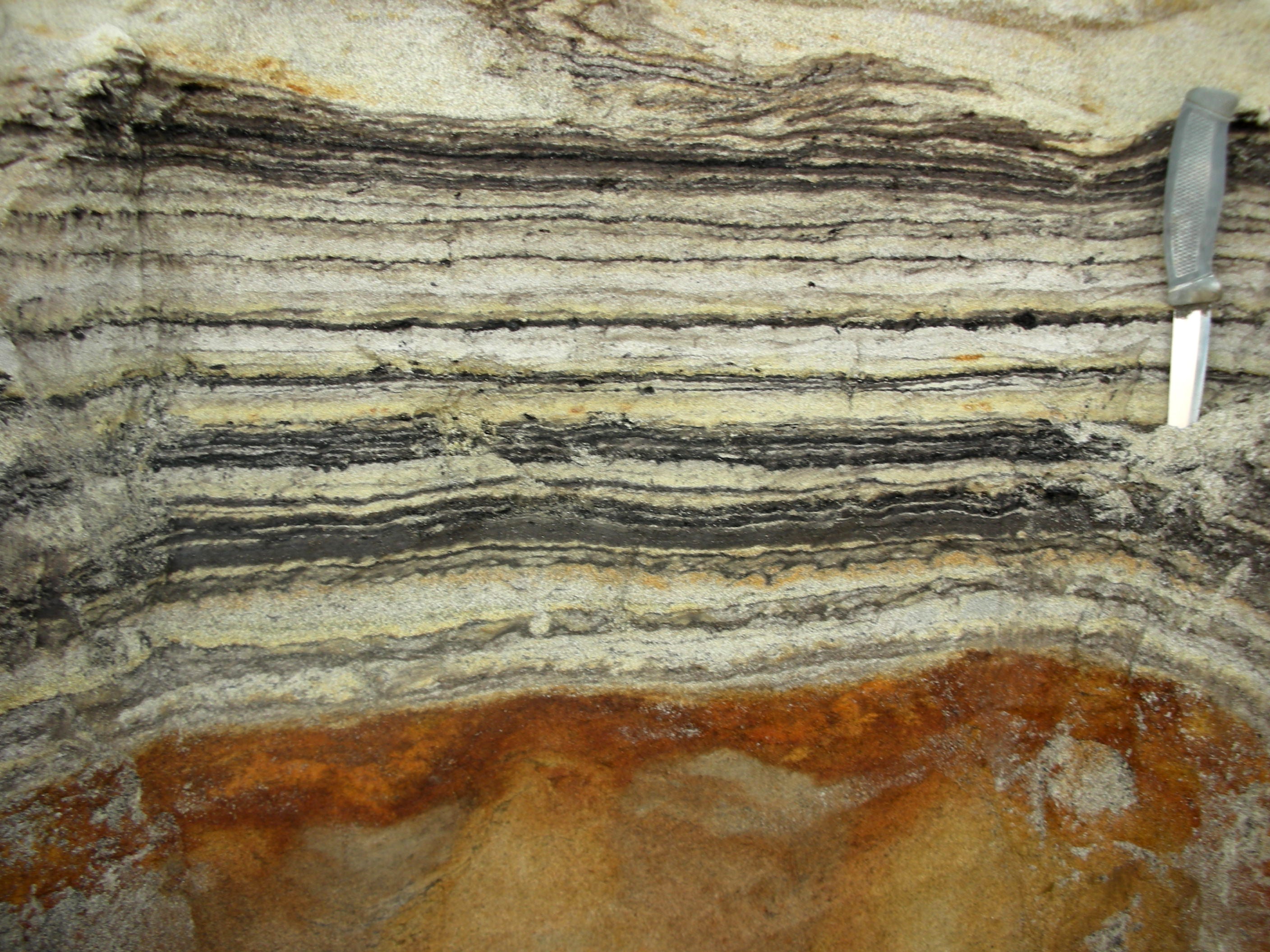The oldest DNA ever recovered has revealed a remarkable two-million-year-old ecosystem in Greenland, including the presence of an unlikely explorer: the mastodon.
The DNA, found locked in sediments in a region called Peary Land at the farthest northern reaches of Greenland, shows what life was like in a much warmer period in Earth’s history. The landscape, which is now a harsh polar desert, once hosted trees, caribou and mastodons. Some of the plants and animals that thrived there are now found in Arctic environments, while others are now only found in more temperate boreal forests. “What we see is an ecosystem with no modern analogue,” says Eske Willerslev, an evolutionary geneticist at the University of Cambridge and senior author of the study, which was published in Nature.
Until now, the oldest DNA ever recovered came from a million-year-old mammoth tooth. The oldest DNA ever found in the environment—rather than in a fossil specimen—was also a million years old and came from marine sediments in Antarctica. The newly analyzed ancient DNA comes from a fossil-rich rock formation in Peary Land called Kap København, which preserves sediments from both land and a shallow ocean-side estuary. The formation, which geologists had previously dated to around two million years in age, has already yielded a trove of plant and insect fossils but almost no sign of mammals. The DNA analysis now reveals 102 different genera of plants, including 24 that have never been found fossilized in the formation, and nine animals, including horseshoe crabs, hares, geese and mastodons. That was “mind-blowing,” Willerslev says, because no one thought mastodons ranged that far north.
“It’s painting a picture of everything that was present in this ecosystem, and that is really incredible,” says Drew Christ, a postdoctoral fellow at the University of Vermont’s Gund Institute for Environment, who studies the history of Earth’s polar regions but was not involved in the research.
The researchers reconstructed ancient Peary Land using disembodied fragments of DNA. Every time a tree’s leaf falls or a person sheds a little bit of skin or a bunny dies and decomposes in a meadow, DNA fragments can enter the environment. Most of these fragments, called environmental DNA (eDNA), degrade quickly. But under the right chemical conditions, the DNA molecules can bind to sediments. This protects them from being eaten away by enzymes, says study co-author Karina Sand, a molecular geobiologist at the University of Copenhagen’s Globe Institute.

The researchers began collecting sediments from Peary Land in 2006, but it took years for the technology to catch up with their ambitions. “Every time we had improvements in terms of DNA extraction and sequencing technology, we tried to revisit these samples—and we failed, and we failed,” Willerslev says. For years, the team was unable to extract usable DNA from the samples.
Finally, a few years ago, the researchers finally succeeded at extracting heavily damaged DNA. They were then able to compare the DNA fragments with the genomes of modern species. Similarities in sequences revealed that some of the species that left behind the DNA were among the ancestors of modern species.
Two million years ago the site of Kap København would have been a forested coastline where a river flowed into an estuary, Willerslev says. The river carried DNA fragments from land into the marine environment, where they were preserved. That’s why the researchers found evidence of horseshoe crabs—a family that lives much farther south today—alongside DNA from caribou. They also found evidence of coral, ants, fleas and lemmings.
The plant life dominating this landscape included willow and birch, which are found in southern parts of Greenland today. There were also trees now found only in more temperate forests, however, such as poplar and cedar, says study co-author Mikkel Pedersen, a physical geographer at the University of Copenhagen. Temperatures would have averaged between 11 and 19 degrees Celsius higher than today. But Greenland was at the same latitude as it is now—meaning this ancient landscape was bathed in 24/7 darkness for nearly half the year. The fact that plant life could survive despite long stints without sunlight is a testament to the power of evolutionary adaptation, Willerslev says.
The groups of organisms living in Greenland two million years ago were also able to survive and produce descendants, such as modern caribou, that now live in much colder Arctic conditions. Studying the genetic sequences of these ancient animals could reveal adaptations that could help Arctic species survive today’s human-caused climate change, Willerslev says.
Researchers aren’t sure how long environmental DNA can stay intact in sediments. Willerslev says he wouldn’t be surprised to find fragments up to four million years old. There could be other places on Earth where ancient DNA can help uncover how ecosystems changed as the climate oscillated, says Linda Armbrecht, a researcher at the Australian Center for Ancient DNA at the University of Adelaide, who led the study that discovered million-year-old DNA in Antarctic sediments and wasn’t involved in Willerslev and his colleagues’ new paper.
“Both our studies have searched for DNA in cold environments: Greenland and Antarctica,” Armbrecht says. “Looking for DNA in environments and sediments with properties that are favorable for DNA preservation (including, for example, cold temperatures, specific mineralogy) seems to be key to unravel how far back in time this DNA can be preserved and detected.”
